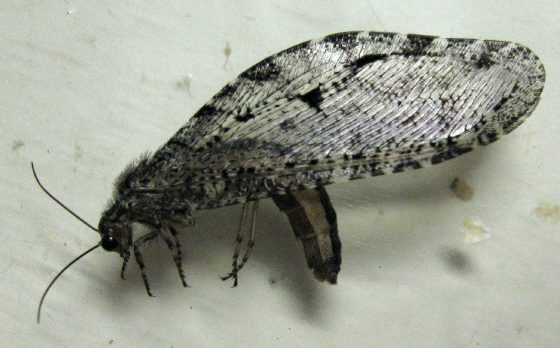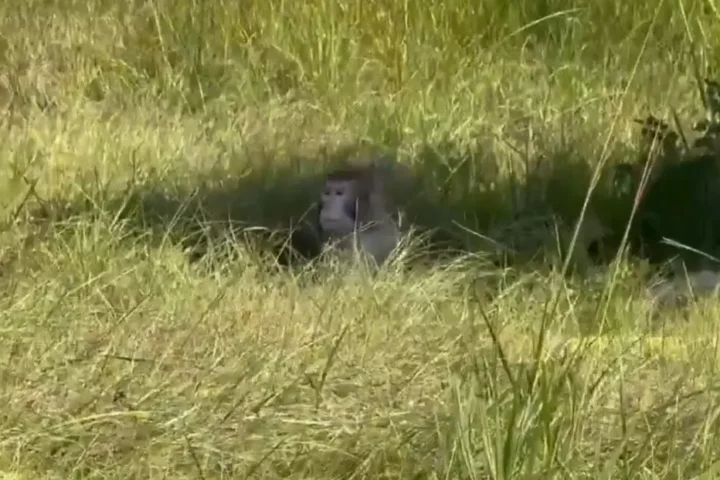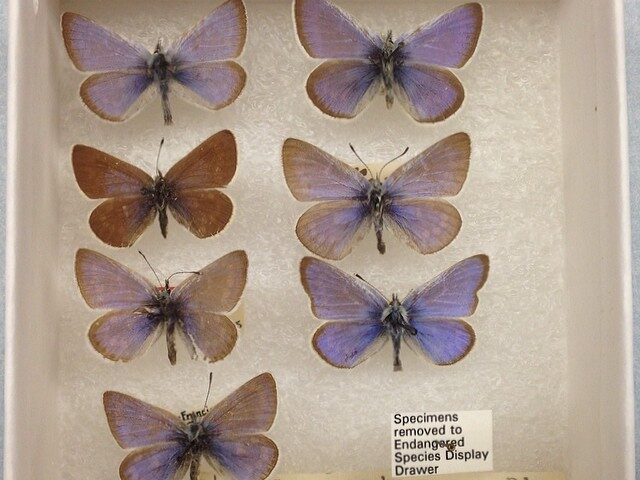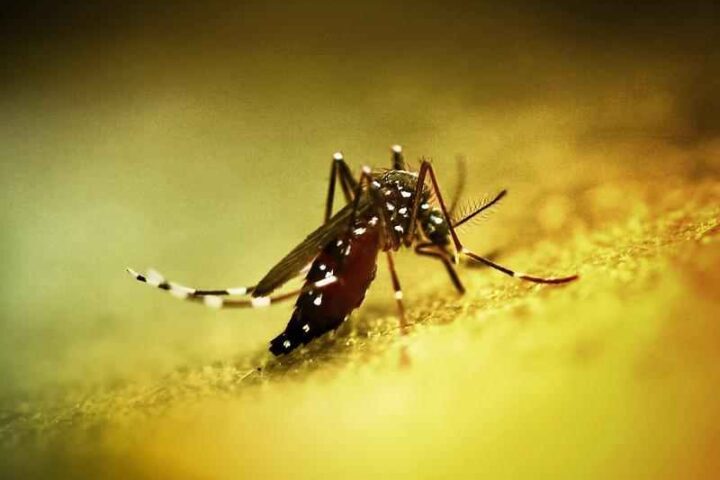Giant Lacewing, a rare insect species, was recently spotted in Fayetteville, Arkansas, for the first time in over 50 years. This sighting has baffled scientists, who are trying to determine how the insect ended up in the area. The discovery was made by a Walmart employee who found the insect on the side of the building at night.
Scientists are currently studying the factors that may have contributed to the insect’s disappearance over the years. They believe that artificial light and pollution caused by urbanization, the suppression of forest fires in eastern North America, and the introduction of non-native predators, and non-native earthworms could be responsible.
According to Entomologist Michael Skvarla, the discovery of the giant lacewing is significant because the insect has not been seen in the region in over half a century. The researchers analyzed extensive collection records of giant lacewings, including museum holdings and community science submissions, and placed them into a single map to observe their distribution. The records span a huge geographic range, from Alaska to Panama, and include multiple ecoregions in both eastern and western North America.
Skvarla added, “I remember it vividly, because I was walking into Walmart to get milk and I saw this huge insect on the side of the building…I thought it looked interesting, so I put it in my hand and did the rest of my shopping with it between my fingers. I got home, mounted it, and promptly forgot about it for almost a decade.”
The fact that the insect was spotted on the side of a well-lit building at night suggests that it was likely attracted to the lights and may have flown at least a few hundred meters from where it originated. The researchers note that they suspect the new specimen represents a rare, surviving eastern population of giant lacewings that evaded detection and extinction.
Fayetteville lies within the Ozark Mountains, which are a suspected biodiversity hotspot. According to Skvarla and his co-author J. Ray Fisher of the Mississippi Entomological Museum at Mississippi State University, dozens of endemic species, including 68 species of insects, are known from the Ozarks, and at least 58 species of plants and animals have highly disjunct populations with representatives in the region.
Skvarla said, “it could have been 100 years since it was even in this area- and it’s been years since it’s been spotted anywhere near it. The next closest place that they’ve been found was 1,200 miles away, so very unlikely it would have traveled that far.”
The researchers explain that the area is understudied compared to regions of similar biodiversity, such as the Southern Appalachians, making it an ideal place for a large, showy insect to hide undetected. The discovery of the giant lacewing highlights the fact that even in a run-of-the-mill situation, there are still a tremendous number of discoveries to make about insects, says Nastasi.
- Toxic Algal Blooms Trigger Alzheimer’s Brain Changes in Florida Dolphins, Human Risk Studied
- Teva recalls 580,844 prazosin bottles over cancer-linked nitrosamine — 55 lots exceed FDA limits
- Court Says Agencies Broke Laws On Knotty Pine; “Can’t Ignore Facts Or The Law” In Cabinet‑Yaak Grizzly Habitat
- RFK Jr. admits “not sufficient” evidence for Tylenol-autism link as 1 in 31 kids diagnosed
- Mississippi Monkey Escape: 3 of 21 Lab Primates Still Missing After I-59 Truck Crash Near Heidelberg
According to Nastasi, “Discovery doesn’t always hold that same kind of grasp on people that maybe it did 100 years ago…but a finding like this really highlights that even in a run-of-the-mill situation, there are still a tremem=ndous number of discoveries to make about insects.”
The mystery of how the insect arrived on the exterior of a Walmart still remains, but scientists hope that this discovery will encourage further research into the region’s biodiversity and the factors that may be affecting it.


















